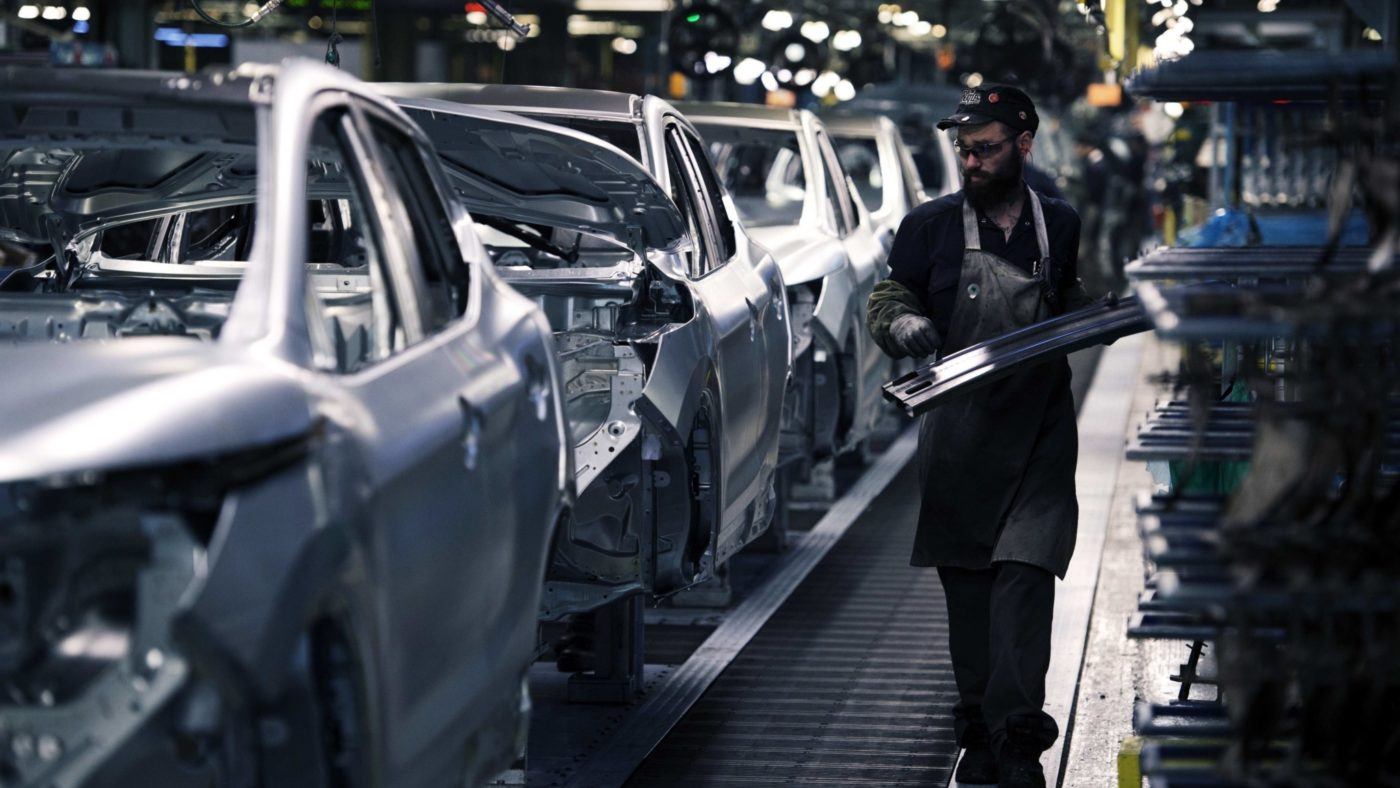With free trade under threat from protectionists such as Donald Trump, the landmark trade agreement between the European Union and Japan is a huge achievement. While the deal is an outline that leaves some of the thorny details to be worked out, the world’s largest single market and the third-largest national economy have agreed in principle to abolish most import duties on their trade and to streamline regulatory barriers to create the world’s largest free-trade area.
But there is a sting. Britain will not benefit from the deal after it exits the EU; indeed, the agreement threatens to put British firms at a competitive disadvantage in both EU and Japanese markets.
Until now, this has been a terrible year for free trade. On becoming president, Trump withdrew the United States from the Trans-Pacific Partnership (TPP), a jumbo trade deal with 11 other countries around the Pacific, leaving American allies such as Japan and Australia in the lurch. He almost took the US out of the North American Free-Trade Agreement (NAFTA) with Canada and Mexico. Now he promises to renegotiate it. While the US has not pulled out of the Transatlantic Trade and Investment Partnership (TTIP) talks with the EU, these have stalled.
Trump has also brought in a battery of new protectionist measures, according to the latest Global Trade Alert report. Worse, he threatens a trade war with countries such as Germany that export more to the US than they import from it. And he may be on the brink of curbing steel imports on the bogus pretence that relying on foreign metal threatens American “national security”. That would set up a battle at the World Trade Organisation (WTO) that could destroy the impartial arbiter of multilateral trade. No wonder there are worries that globalisation itself could be at risk.
But the Trump threat is also concentrating minds elsewhere. The EU and Japan have been negotiating a trade deal for four years, but until Trump’s election each placed more importance on their respective negotiations with the US. Now they have agreed to phase out most duties on goods trade, open up many services sectors and allow EU firms to tender for Japanese government contracts.
That is great news for both European and Japanese businesses and consumers. And by striking a deal on the eve of the G20 summit in Hamburg last week, it sent a powerful political message to Trump and other protectionists. Far from putting America first, the upshot of his withdrawal from TPP, the stalling of TTIP and the EU-Japan deal is that US firms will be handicapped in European and Japanese markets.
The controversial core of what has been called a “cheese-for-cars” compact is that Japan will open up its cossetted farm sector to European foodstuffs, while the EU will open up its car and car-parts markets, currently protected by a stiff 10 per cent import tariff, to Japanese exporters. Overall, the impact assessment (conducted before the deal was agreed) estimates that the deal could boost exports in both directions by around a third.
While politicians have agreed the broad outlines of the deal, trade negotiators still need to hammer out some of the details. The final agreement will then need to be ratified by the Japanese parliament, the European Council – that is, EU leaders – and the European Parliament. Depending on its content, it may also need the approval of national and some regional parliaments in the EU – including Wallonia’s, the Belgian regional assembly that almost scuppered the EU’s trade deal with Canada.
Some critics have been quick to express their scepticism. In the Financial Times, Wolfgang Münchau argued that “The problem with the EU-Japan ‘trade agreement’ is simply that it is not yet a trade agreement. The difficult bits still have to be agreed.” In The Spectator, Fraser Nelson made a similar point: “a EU-Japan deal? Not yet, and not for some time yet. It’s essentially a progress report on talks, dressed up as a deal ahead of the G20 to try in an attempt to embarrass America.”
For sure, the announcement was deliberately timed for maximum political impact. But it’s a mistake to dismiss what has been achieved. Hosuk Lee-Makiyama, with whom I co-founded OPEN, an international think tank whose mission is to defend and advance open economies and societies, is much more positive. Unlike Münchau and Nelson, he is actually an expert on trade in general and on this agreement in particular. He believes that “negotiating the remaining details could happen within a year, and that the EU could start applying the agreement provisionally in 2019.”
Whether the deal comes into force in 2019 or slightly later, a Brexiting Britain will regrettably not benefit from it. So while French Roquefort producers and Spanish Manchego makers can look forward to selling much more in Japan, it’s tough cheese for British Cheddar makers.
Worse, the deal could be the final nail in the coffin for Japanese car plants in Britain, which mostly export to the EU. If Britain leaves the single market and the customs union, UK-made cars will face 10 per cent import duties in the EU. Their EU supply chains will be disrupted by customs checks each time a part and component crosses the border. And whereas Nissan vehicles made in Barcelona will be able to import parts from Japan duty-free, those made in Sunderland will not.
There is, of course, a better way forward. Now more than ever, it makes sense for Britain to stay in the single market and a customs union with the EU after Brexit – at the very least for a long transition period until free-trade agreements with both the EU and Japan can be agreed. It won’t just be Nissan workers in Sunderland who will be cheesed off otherwise.


